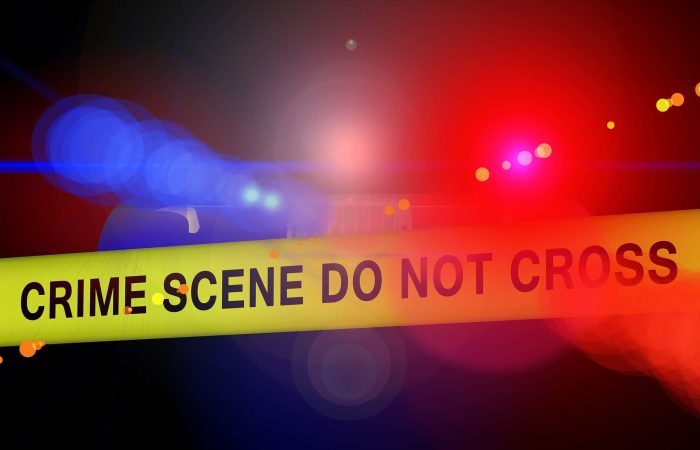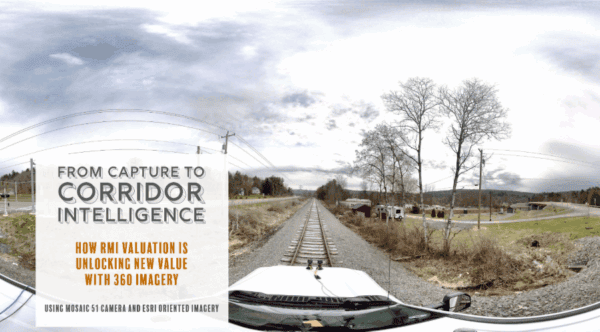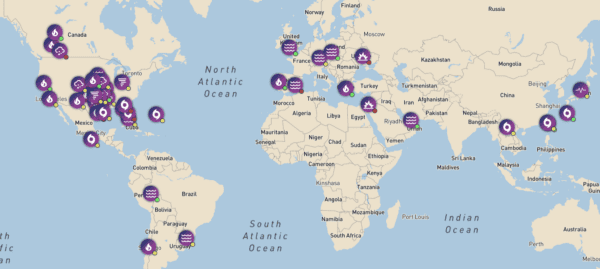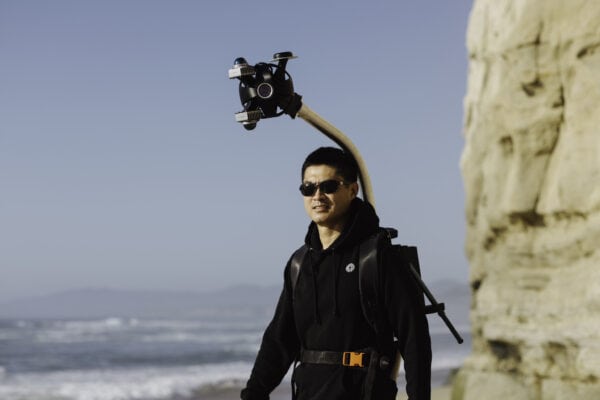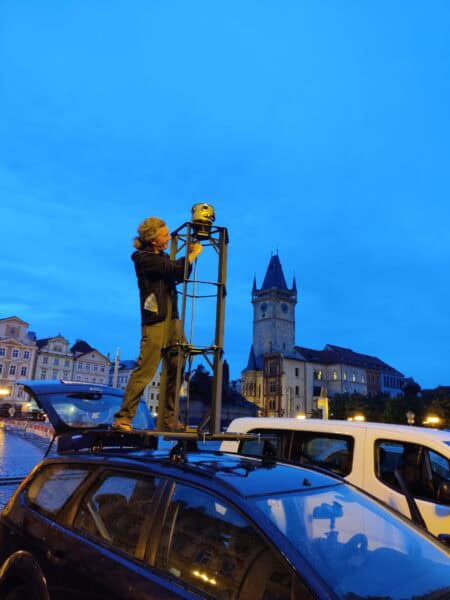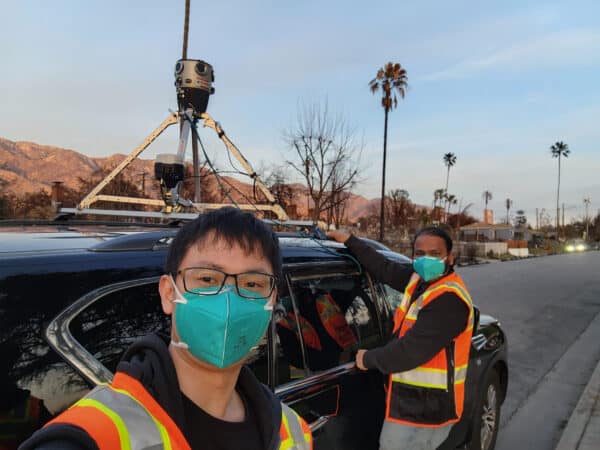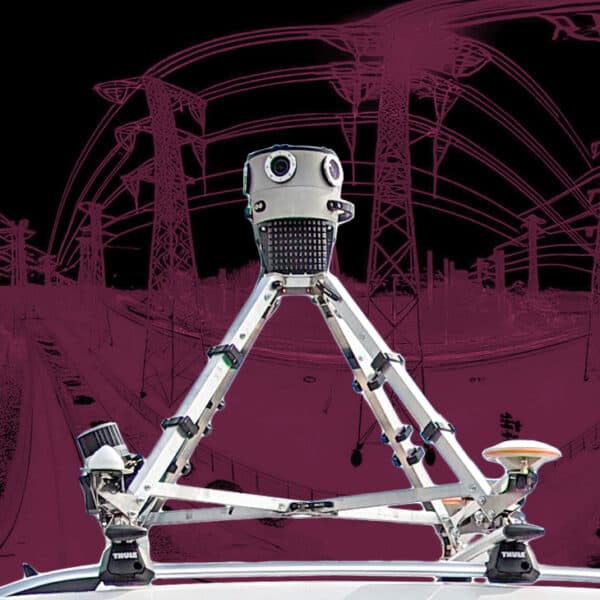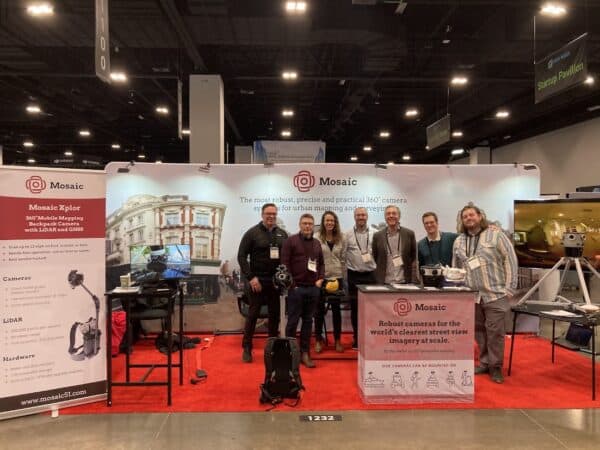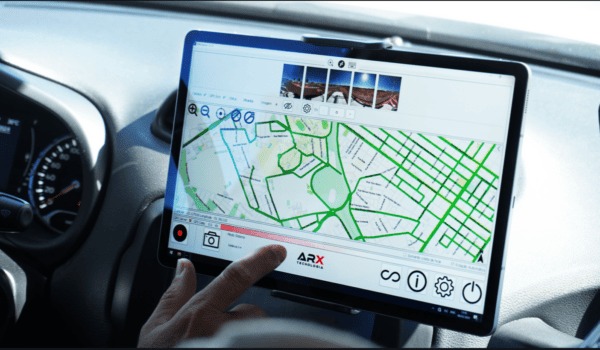3D mobile mapping models reshape how governments and private security companies fight crime and promote public safety.
How public safety workers are using 3D models
Computer-generated 3D models have become a hallmark of many sci-fi movies, action films, and police dramas in recent years. Oftentimes, they slightly outpace the current abilities of those in real-life scenarios thanks to truly mind-blowing computer graphics. However, this is not to say that 3D models are not being used to help public safety. Regional and local governmental organizations, as well as private security firms, have already discovered how creating a 3D model can benefit their work and are actively integrating it to help the people they serve.
Today we will look at the most common uses of digital 3D models for public safety, how this benefits the general public, and the technologies allowing this to happen.
3D models in public safety: pre and post-incidents
Law enforcement, fire departments, and private security are all using 3D models in various ways. Some use cases are based on preparation and prevention, while others are for post-incident observation and analysis.
Preparing for future emergencies
Some of the most common ways that digital 3D models are preparing those protecting us come in the form of fire safety and event management.
Fighting fires with 3D models
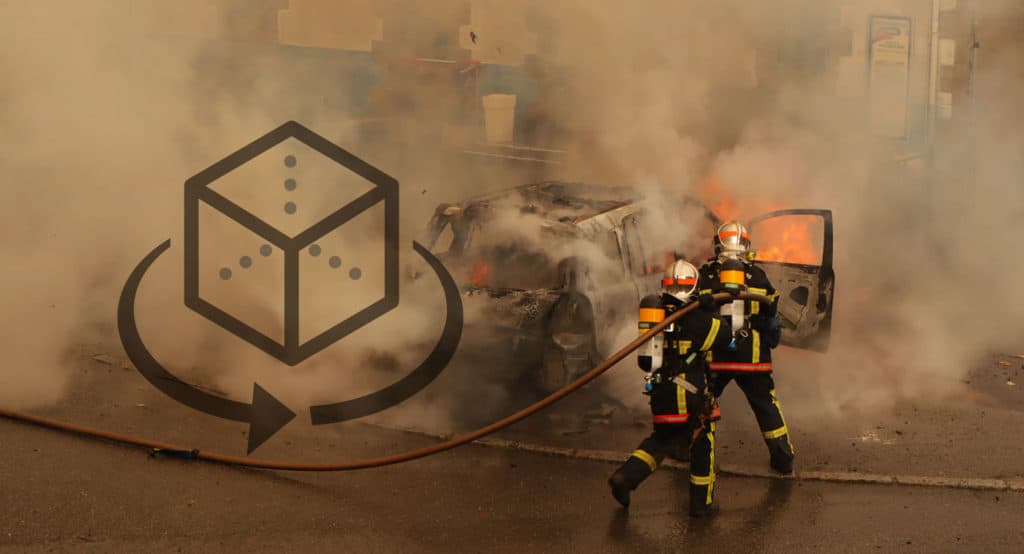
As cities have grown in population and popularity, they have become larger and more dense. This means that buildings are closer to one another. It also means that they are more populated by the humans working or living within them. This makes fighting fires more complicated for firefighters arriving at the scene of a call. They have many more factors to consider before deciding how to best deal with the situation.
With 3D models of densely populated neighborhoods and buildings, firefighters can prepare for future disasters. They can simulate multiple scenarios, working through the various ways to enter a burning room or how to move from floor to floor efficiently.
Safety among crowds
Similarly, police, private security firms, and others can construct digitized 3D models of places with large crowds. This could mean a stadium, a parade route, or a conference center where they might be responsible for a particular dignitary or if there is concern about dangerous activities.
Even if there is no special reason other than the fact that hundreds or thousands of people will be together in one location, there are always safety concerns.
Like firefighters, law enforcement and event staff, including security personnel, can create a 3D model to run simulations of potential threats. They can practice finding exit strategies if they are concerned with getting their VIP out quickly. Or they can prepare multiple routes for circumnavigating potentially risky or crowded areas.
3D models for crime scenes and presenting evidence
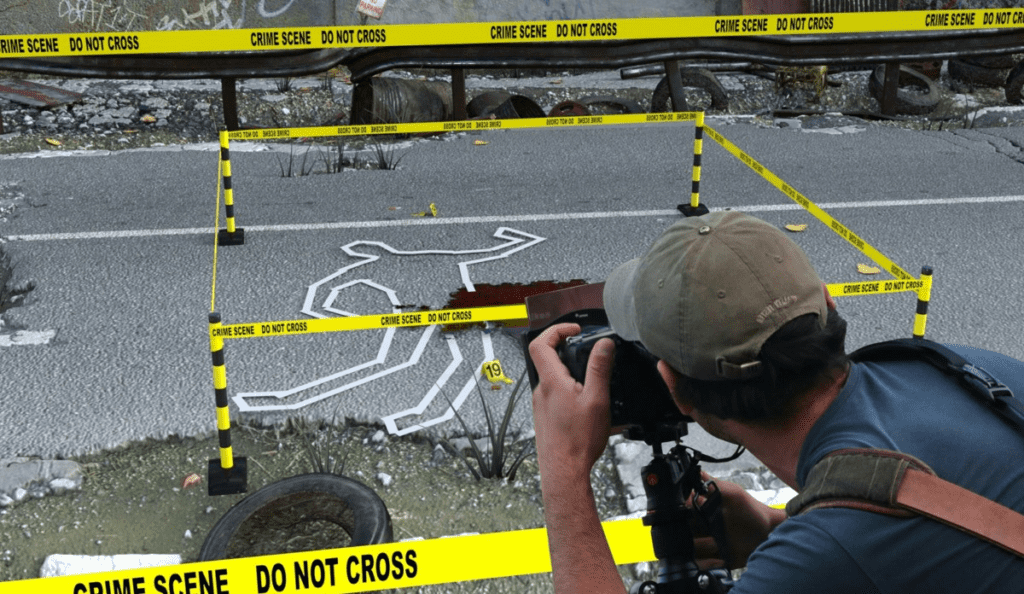
Besides preparation, 3D models in public safety can help with crime scene investigation and mapping as well as courtroom proceedings.
Collecting data at the scene
Following a car accident, homicide, or robbery, police, the FBI, and other law enforcement can easily collect data to create a digital 3D model of the scene, which is called a forensic digital twin. Once the data is collected, they can revisit the scene repeatedly without returning to the particular spot. (This has immense value, which we will detail further down.)
Courtroom evidence
Those presenting evidence or making claims in court can use 3D models within courtroom proceedings. Rather than attempting to paint a picture of the scene verbally, lawyers on both sides are able to present the evidence to the jurors and judges more accurately. The visual presentation of the crime scene and evidence allows for a more comprehensive and tangible understanding of those involved in making the final judgment.
How to build a 3D model

Whether for pre or post-use, the process for building a 3D model is quite similar. First comes the data collection, followed by the data processing.
Data collection for 3D modeling
For data collection, there are various methods for scanning and creating a 3D model, which you can read more about in detail here. Generally speaking, a device projects and/or receives data through one or more sensors, such as lasers and camera sensors.
Depending on the exact device used, the sensors capture images and geospatial data, such as location, attribute, and temporal information.
This data collection process can take hours or days depending on the device used. For example: when using a stationary 3D scanner, the photographer or data collector must reposition the camera regularly to gather all of the necessary viewpoints.
Some of the most important features necessary in the data collection stage are the image quality and the speed at which the capturing is done.
This is why 360º mobile mapping has come into play in recent years. With a mobile device attached atop a car, motorbike, or Land Rover, data can be collected at all angles, at a much higher speed.
Extreme clarity is possible with cameras like Mosaic’s original 51 model, as well as the newly launched Viking model, with resolutions of 12k and 22k, respectively. The clear images assist investigators in noticing the most minute details they might have missed if viewing the scene in person.
Data processing
Once the data has been collected, it is processed to be visually accessible and understandable to those using it.
The most common way of doing this is by passing the data through software, known as photogrammetry software, to produce a 3D reconstruction of the asset or scene in question. The software stitches the images together to create the final 3D form.
Once the digital 3D model is ready, public safety workers can interact with it, run through different scenarios, and hone their tactics. Lawyers and district attorneys can use the reconstructions to illustrate the scene of a crime in the courtroom more accurately.
Why build a 3D model
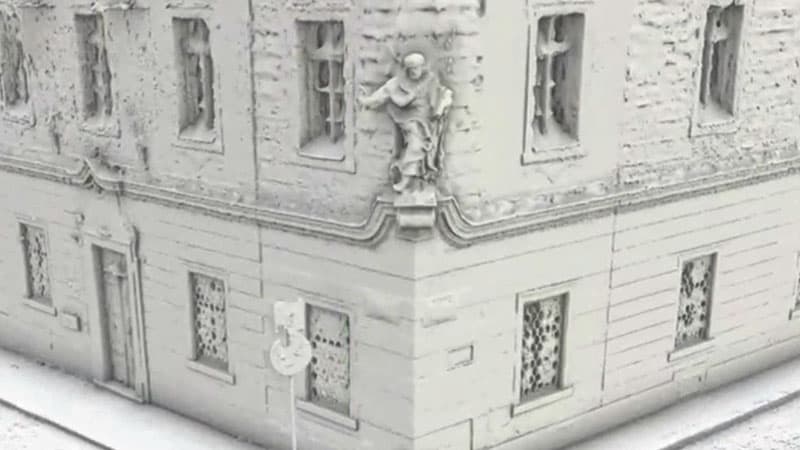
Previous methods of preparing for dangerous scenarios involve working with outdated technologies. ‘Old school’ methods such as hand-drawn, paper blueprints or small-scale models of buildings or outdoor scenes are still in play. None of these give those involved a true sense of what is to come. Not to mention that they are working with 2D models that usually have little detail.
Collecting the data to prepare for the scenarios might mean taking measurements, sometimes estimations at best. So oftentimes, the models are inaccurate and time-consuming to construct.
Repeated trips to and from and across a crime scene can also possibly tamper with, distort, or damage data completely. This can lead to lost or perverted evidence.
In addition, sometimes the scene of a crime or an accident is unsafe to the officers or emergency personnel. Weather, topography, fire damage, and other conditions can put these people at risk. In addition, it can lead to further damage to the evidence at the scene.
Benefits of a 3D model in public safety incidents
Using a 3D model to prepare public safety personnel for future emergencies or assist lawyers in courtroom proceedings has some extraordinary benefits. Here are some of those benefits:
- maintain/save all information, details, evidence
- accurate collection and presentation of the scene
- speed in data collection – before evidence degrades, time-saving
- speed in clearing and returning the scene to ‘normal’ – reopening the space to public use
- comprehensive view and understanding of the scene
- simplicity and ease of data collection
- safety for those collecting the data (weather, location on roads, unstable structures – such as following a fire – can be dangerous)
- safety for those utilizing the data to be better prepared for future situations
- reduce the number of people needed to collect data that can potentially contaminate evidence
- minimize disruption and human error
- reduce the need to return to the scene (of a crime)
- help witness’ memory
- clarify incidents for participants
- re-examine scenes as necessary
- better preparation for security and event staff
- understanding threats and risk
Real-life uses of 3D reconstructions in crime scene investigation
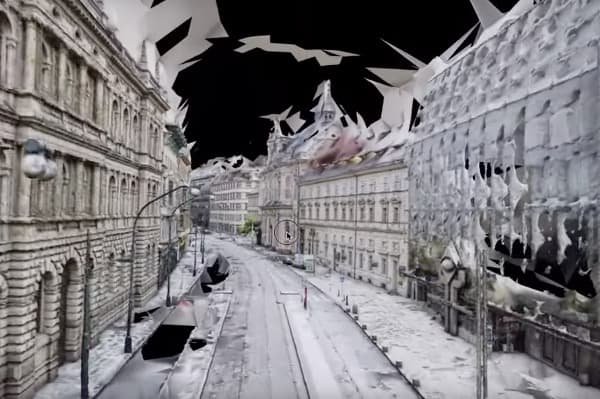
Many of us may be able to understand running scenarios when prepping for a major event. This could include a presidential election or a meeting of heads of state. And we can recognize how firefighters can benefit from learning how best to enter or exit a burning building. But it may not be as obvious of the ways that law enforcement and lawyers are already using digital 3D models. They are currently utilizing 3D reconstructions to analyze crime scenes and forensic data.
Here are some ways that digital 3D models are already hard at work:
- suspect height analysis
- speed analysis
- bullet trajectory analysis
- witness viewpoint analysis
- animation extension
- bullet path reconstruction
- bloodstain pattern analysis
- autopsy measurements
- bite mark analysis
3D models are particularly useful in these areas because this method can determine the vertical component more precisely than conventional methods.
Summary
Whether you already believed that every computer-generated effect in your favorite police drama series was 100% true or not, 3D modeling is here, and the implications are endless. They are already helping our public safety personnel prepare for future dangers and scenarios. They also assist our legal departments in protecting and serving to the highest capacity with a clear understanding of the evidence involved.
Mosaic is here to help our public safety officers and workers. By offering the highest resolution 360-degree mobile mapping cameras, achieving extremely clear image resolution in a fraction of the time of traditional methods and with a much-simplified collection method is possible.
Contact Mosaic for more details if you want to create 3D models and reconstructions.

